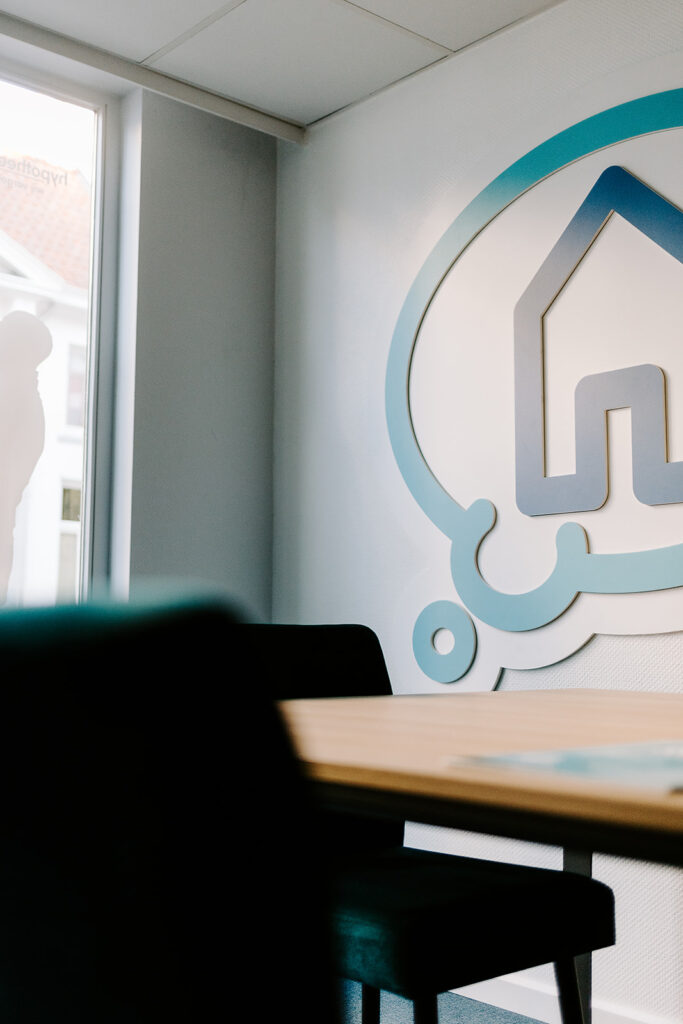Renovation Loan – What are your options for financing your renovation?
We all need to improve our energy scores, and we’re far from finished. However, such (energy-efficient) renovations can sometimes cost an arm and a leg. What loan options are available for this, and what are the pros and cons of a renovation loan?
As of 2024, you should estimate about 20,000 euros per level you want to improve your energy score. For example, moving from an F to an E costs about 20,000 euros, from an F to a D is 40,000, and from an F to a C is 60,000. This is not to be taken literally, but it helps to estimate the magnitude. How do you gather that amount? Especially if you also dream of a new bathroom, kitchen, and floor?
Option 1: The Green Loan or Interest Subsidy
When buying a house, you can immediately borrow extra for renovations with a green loan. Previously, this was an interest-free loan; now, it’s called an interest subsidy. Essentially, the government reimburses most of the bank’s interest for the amount (up to a maximum of 60,000 euros) you invest in the renovation. Note: the interest subsidy is a temporary measure that only runs until the end of 2024!
ADVANTAGE: A mortgage loan is relatively cheap, and the additional monthly cost is limited because you spread the costs over the same period as your home loan. Plus, you get part of the interest back throughout the term via the interest subsidy.
DISADVANTAGE: You need to have everything planned out. The bank wants concrete evidence when providing extra money, which means quotes, plans, and a timeline. This isn’t easy, as contractors are in high demand, and you only have three months before the deed is executed.
Option 2: A Personal Loan
A personal loan is similar to a car loan but specifically for a property-related purpose or renovation. Instead of using your home as collateral (like with a mortgage), you use your salary as security.
ADVANTAGE: Quick and easy. You get the full amount immediately, whereas the bank disburses funds in installments with a mortgage loan after receiving the first invoices.
DISADVANTAGE: This is much more expensive than a mortgage loan. Additionally, you must repay it faster. For example, if you want to borrow 30,000 euros, you must repay it within a maximum of 10 years, including the higher interest. Not easy.
Personal loan or mortgage loan: both options have their merits depending on your situation.

Option 3: Re-borrowing
If you’ve been repaying a mortgage loan for some time, you can re-borrow part of the repaid amount for renovations. This is called re-borrowing, and the rules can be found here.
ADVANTAGE: This can be done within the existing collateral structure, so not much hassle. You don’t need to visit the notary again, and you can arrange it with the banker or mortgage expert you already know.
DISADVANTAGE: You can only re-borrow what you’ve already repaid, and in the early years, that’s peanuts. Re-borrowing is especially useful for long-time homeowners.
Option 4: A Second Mortgage
It might seem strange, but sometimes it’s better to take out a separate mortgage for extensive renovations. Your home becomes the collateral again, but in the “second rank.” This can be done with your own bank or another bank.
ADVANTAGE: You can tailor the loan to what you can financially manage. You determine the timeline, which is less restrictive than with a green loan.
DISADVANTAGE: Returning to the notary means paying again. Your home must be valuable enough to bear an additional mortgage. Note: an energy-efficient renovation increases the value, which can reassure the bank.
I Have a Few Questions!
What should I consider with a personal loan? Does it include a loan balance insurance? What about extra premiums and subsidies? Should I renovate everything at once or work in stages? There are still many questions about the renovation loan that require expert advice. Our advice is free!
